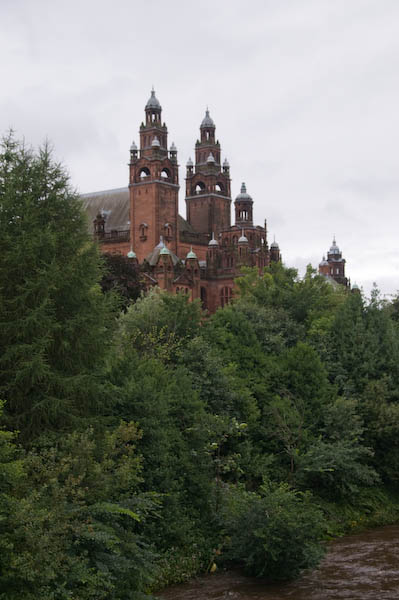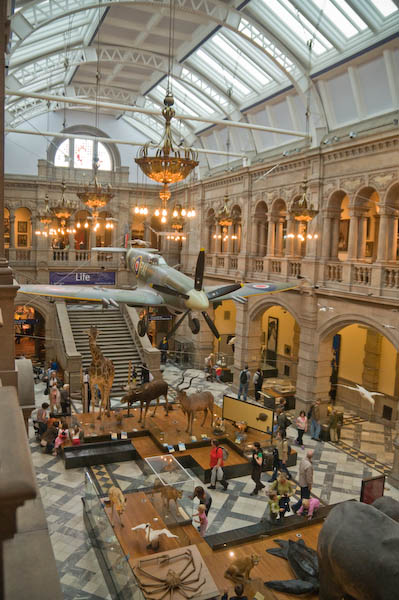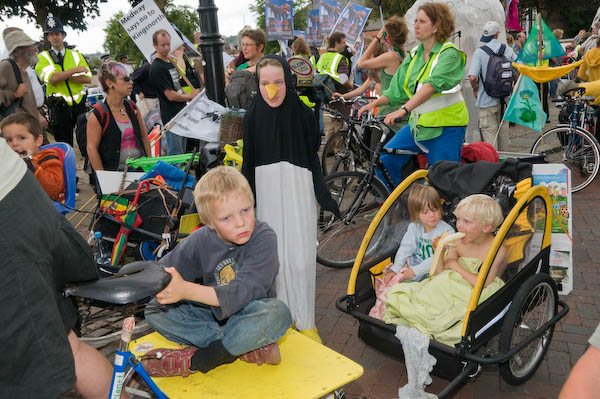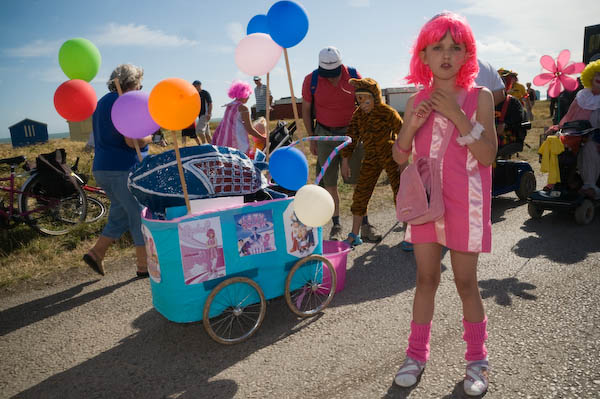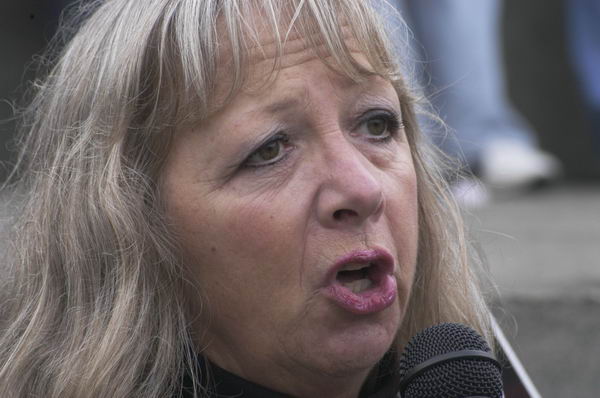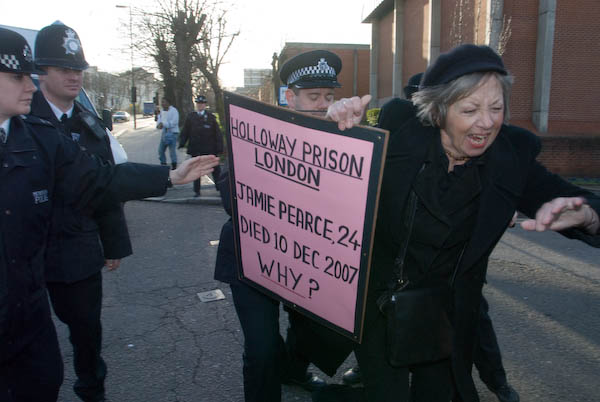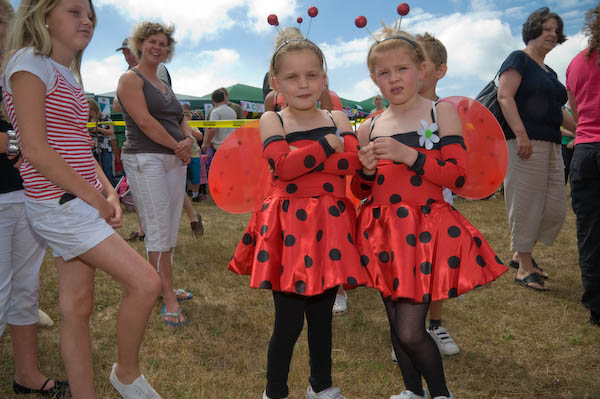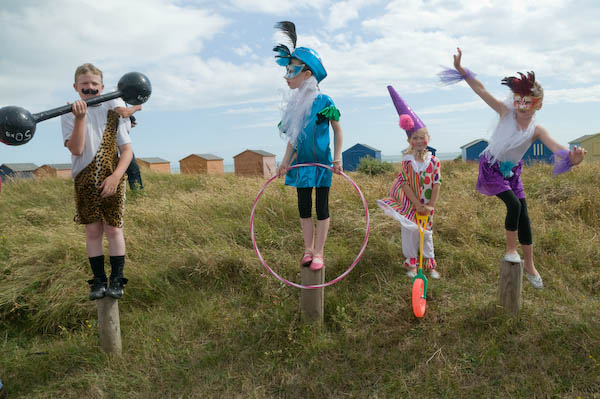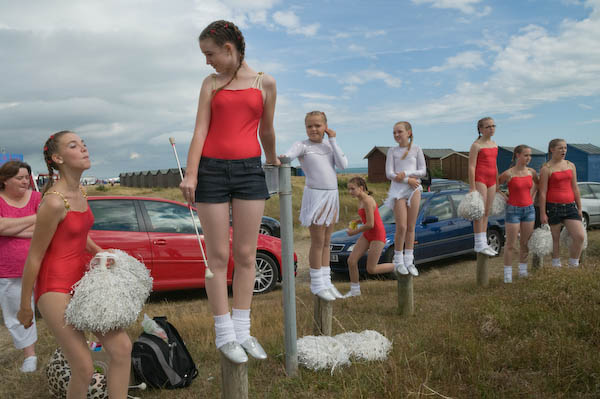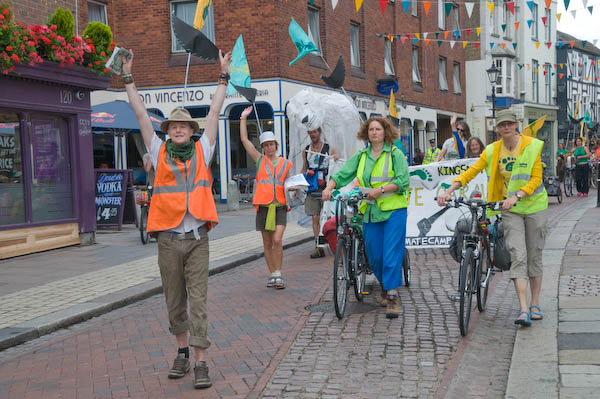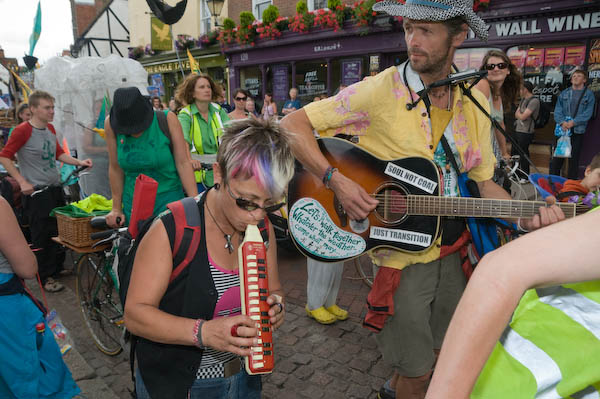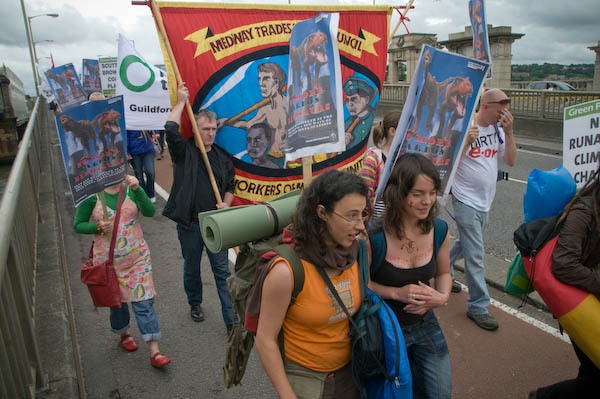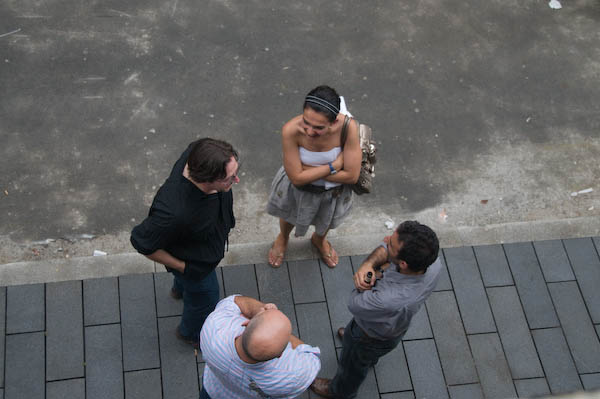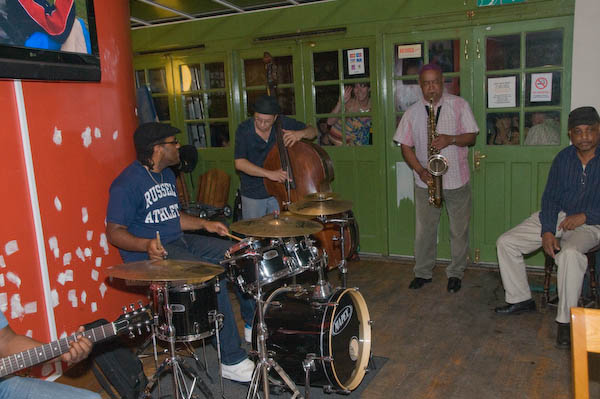Harry Benson A photographer’s journey
Friday 30 May 2008 – Sunday 14 September 2008
Kelvingrove Art Gallery and Museum, Glasgow
People who know me won’t be one jot surprised to learn that Glasgow is my favourite Scottish city – though Edinburgh’s nice enough, and as Irvine Welsh reminds us, in particular Leith has its moments.
And although Harry Benson’s glittering career working for the major news magazines took him to London and New York which is now his home, it is clear from his photographs that his native city is where his heart still lives.
His large and interesting show at the Kelvingrove until September is worth a visit, not least for another chance to view the TV program on show there where Benson talks about his work, and is shown taking pictures in the city and around. You can see at least most of the pictures from the show (and some others) on his web site – with around 30 pictures from Glasgow which includes a portrait made with the giraffe and Spitfire in the art gallery itself.
Benson is the kind of press photographer who makes a career of setting up his subjects – often the rich and famous (including every US president since Eisenhower) – to perform for his camera. Were I ever to try to cover an event at the same time as him I can imagine he would leave me fuming , one of those guys who feels he has to organise things. At one point on the film he says something like if you just take pictures of people as they are they would look boring, so he gets them to jump in the air or something. But equally I’m sure he would be a fascinating guy to talk to in the pub afterwards.
In the end its his own pictures that provide the best argument against what he says. For me the strongest work in the show – or on his web site – isn’t the organised images of celebrities (though you can surely see why they have been so popular with editors and readers alike) but the pictures from the streets of Glasgow where he has taken things as they were. Beside his pictures of the boys at the Stewart Memorial fountain (a short walk from the gallery) or the couple of girls in front of graffiti playing with the city motto his pillow fighting Beatles are empty, meaningless decoration, however nicely done.
Like I say, Glasgow rather than Edinburgh.
